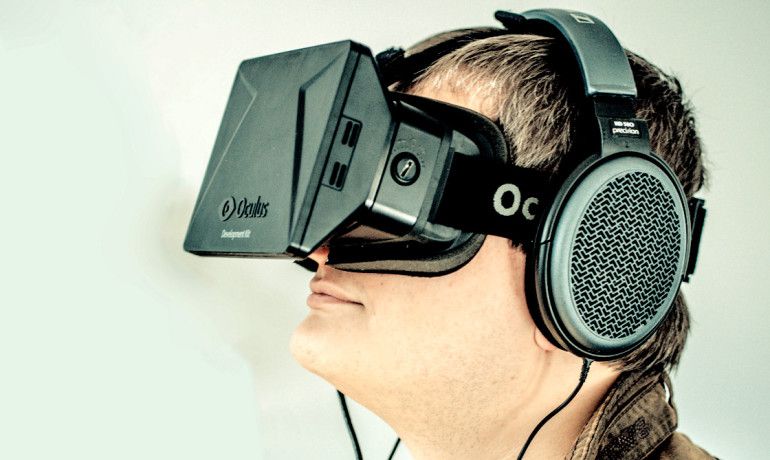There are quite a few publications on cryodynamics in refereed journals since 2011. Cryodynamics is the sister discipline to thermodynamics and is crucial for the control of sustained hot fusion in Tokamak reactors. So it has become the basic science for an energy-thirsty planet. As a side effect, cryodynamics proved Zwicky’s “tired light” hypothesis correct. So there was no Big Bang.
CERN, however, tries to create the first Big Bang on earth. Why is no one asking it to first renew its by 7 years outdated “Safety Report”?
I append a link to the first paper on cryodynamics: http://www.complex-systems.com/pdf/20-2-3.pdf







